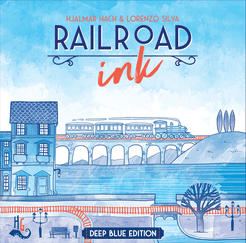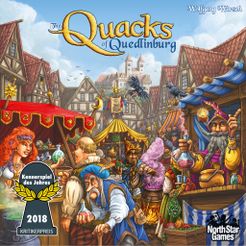This game was a bit of a spur-of-the-moment affair, Ian and
I were available but had not planned a particular game. So, I suggested Saga
using my Teutonic forces, but on the day I opted to use my Vikings and
Anglo-Danish forces instead. Neither of us are fully familiar with the new
version of Saga nor with the characteristics of the armies, so we were both
winging-it a bit. This week I did receive my copy of ‘Saga Book of Battles’ but
had yet to read it, so we played the standard scenario from the main rule book.
Ian took the Vikings and I played the Anglo-Danish.
 |
| View from Anglo-Danish side |
Rather than describe the skirmish in detail, I will simply
pick the highlights as I saw them. Ian could not throw any Y-symbols on his
Saga dice for the whole game (!), which prevented him expanding his dice pool.
He mainly utilised the ‘Ullr’ and ‘Loki’ characteristics of the Vikings, which
are pretty strong. At a couple of points in the game his dice rolling let him
down (a common feature of Saga games), especially when his 4-figure Berserker
unit charged and bounced off one of my warrior units. I tried using a wider
range of Anglo-Danish characteristics; I particularly liked the ‘Crush the Weak’
ability to annihilate Ian’s Levy missile unit. Most of my efforts were spreading
fatigue on key Viking units. Neither of use risked our Warlords in the game,
instead using them for their ‘We Obey’ ability.
 |
| Viking Berserkers about to attack my unit of Warriors |
After 6 turns we totted-up the Massacre Points and my Anglo-Danes
led 17 v 14, which gave me the win (just!). We both enjoyed the game and played
at a good pace. I look forward to future games using scenarios provided in the
Battle Book. For me Saga remains a nice pick-up style game that requires little
forward planning.
 |
| Anglo-Danish Hearthguard (left) in a tricky situation |



